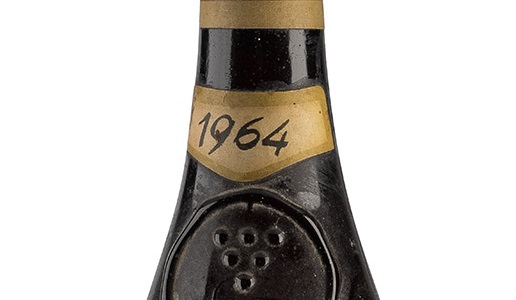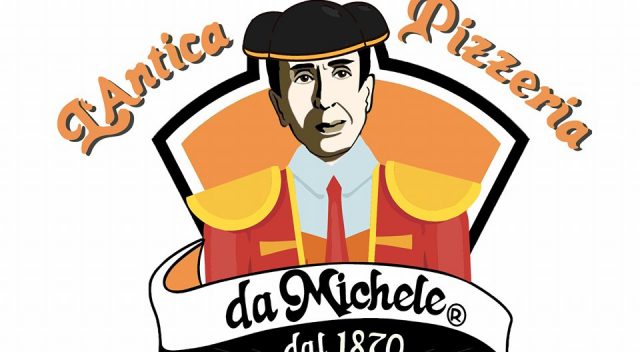Once upon a time 1964

In certain ways, this can be seen as a watershed year, one that was both excellent and abundant and convinced many producers to bottle their wine. In short, it was the start of modern Italian winemaking.
Reorganizing my bookshelves, something I’m sure many of you are doing these days, also to look through volumes that have not been opened for years, I came across one that, for me, was the “Holy Grail” of Italian books in wine in the 1970s. It was the fourth edition of the Bolaffi Catalogue of Italian Wine edited by Luigi Veronelli and published in 1976.
For years this was my bible as a young wine lover, I think I almost memorized it, a guide for my first acquisitions as a financially struggling student as well as my wish list of wines that were totally out of my price range.
Re-reading it now, I was surprised how many things I remembered and I noticed how it included some great reds, especially, which were vintage 1964 and often the first that producers began to bottle or, in any case, which they began to sell on a larger scale.
Why 1964? Probably, for a series of coincidences that allowed this year to be a connecting link between a rather archaic past for Italian wine and the trend towards its more current incarnation. It was also a great harvest, one of the best, if not these best, of its era. And it was quite abundant, something that convinced many producers, who usually sold their wine in bulk, to bottle more of their wine, also because it would have been difficult to sell all of it in one year
Added to this was the fact that, in 1963, just a year before, the law 930 was passed that instituted the DOC classification. Although it was not until 1966 that production regulations were adopted for these wines, which meant that it was not until 1966 and ’67 that wines could have DOC (designation of controlled origin) on the label, many producers knew this was coming and were preparing for it.
Another coincidence was the economic boom, with a rise in consumer spending and many people found themselves in a position to buy more expensive wines. Then there was the fact that, given the favorable harvest, Italy’s great reds -, Barolo, Barbaresco, the very first Brunello di Montalcino, Chianti Classico Riserva, some Amarone, a few great wine from the south, Cirò first of all - were allowed to age properly and went to the market only five or six years later, at prices unseen in the past.
For example, a Barolo ’64 from Fratelli Barale, one of the leading producers of the time, cost between 5-6,000 lire in 1970, some 2-3% of a salary at the time. A Brunello di Montalcino Riserva Biondi Santi, on the other hand, cost as much as 35-50,000 lire, making it perhaps the most expensive Italian wine of the time and since then it has become an all-time icon of Italian winemaking demanding stratospheric prices.
In the years that followed that magical 1964, bottles of that vintage were kept standing in display cases to open, maybe too late, on special occasions. You could hear people say “This is a ’64, the oldest and best …”. For this reason, many wines had sad fates. But if the wine was kept in a proper way, maybe even forgotten in a dark cellar, it could offer an incredible surprise. This happened to me with a Barolo Fontanafredda that my parents bought in a local shop and even ten years later there was no way I could get them to open it. Once I became a verified wine lover I was finally able to convince them and we drank it. The wine had lost a bit of its color, becoming a little brickish, but it was still in splendid form, evolved but not oxidized and decidedly good. But then again, it was a ’64…

 Italiano
Italiano








